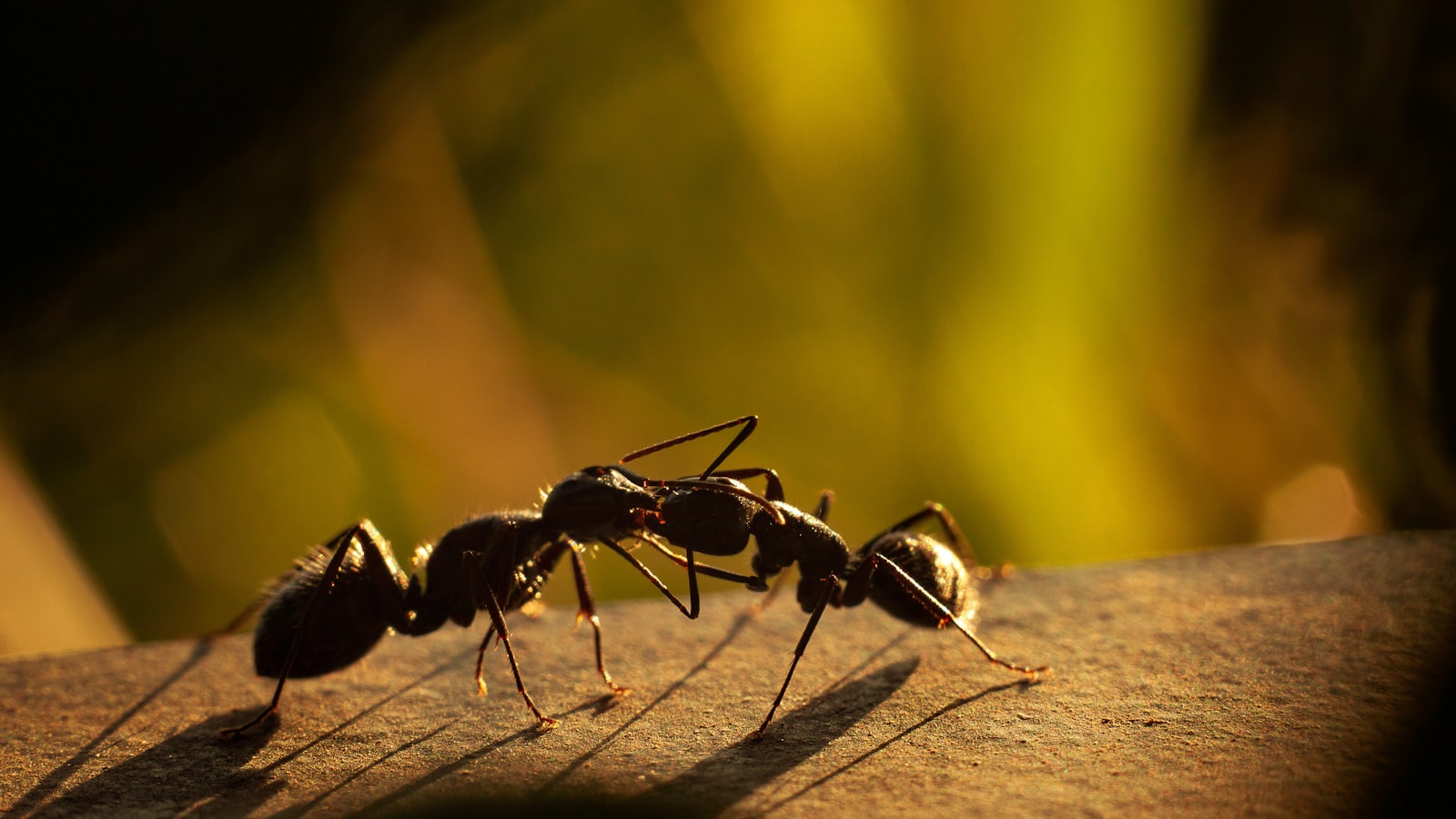
Ants are fascinating creatures, and in this article, we will delve into the captivating world of ants and explore their taxonomy, social structure, mating rituals, and the diverse range of creatures that coexist with them.
Ant Taxonomy: Exploring the Classification of Ants
Ants belong to the insect order Hymenoptera, which also includes bees and wasps. They are classified under the family Formicidae, and their taxonomic hierarchy spans from the subphylum Hexapoda to the order Hymenoptera.
Supercolonies and Multiple Queens
Contrary to the common belief that a single queen rules an ant colony, some ant colonies have multiple queens, a phenomenon known as polygyny. This allows for increased reproductive capacity, ensuring the survival and expansion of the colony.
Nuptial Flight: The Mating Ritual of Ants
Once a year, ants engage in nuptial flights, where virgin queens and males from different colonies mate mid-air. Subsequently, the fertilized queens shed their wings, find a suitable nesting site, and start a new colony, marking the beginning of a remarkable life cycle.

Symbiotic Relationships: Creatures that Coexist with Ants
Ant colonies are home to a myriad of symbiotic creatures, including aphids, parasitic flies, and slave-making ants. In particular, the relationship between the parasitic queen ants and the host ants is a captivating display of deception and survival strategies.

Ant Collection and Specimen Preservation
Collecting ants requires finesse and care to avoid disrupting their complex societies. For specimen preservation, various techniques such as pinning and ethanol preservation are employed, ensuring the long-term study and understanding of these intricate creatures.

In conclusion, the world of ants is a captivating blend of intricate social structures, diverse mating rituals, and complex symbiotic relationships. Understanding and studying these fascinating creatures not only provides insights into their world but also sheds light on the broader principles of ecology and social behavior.